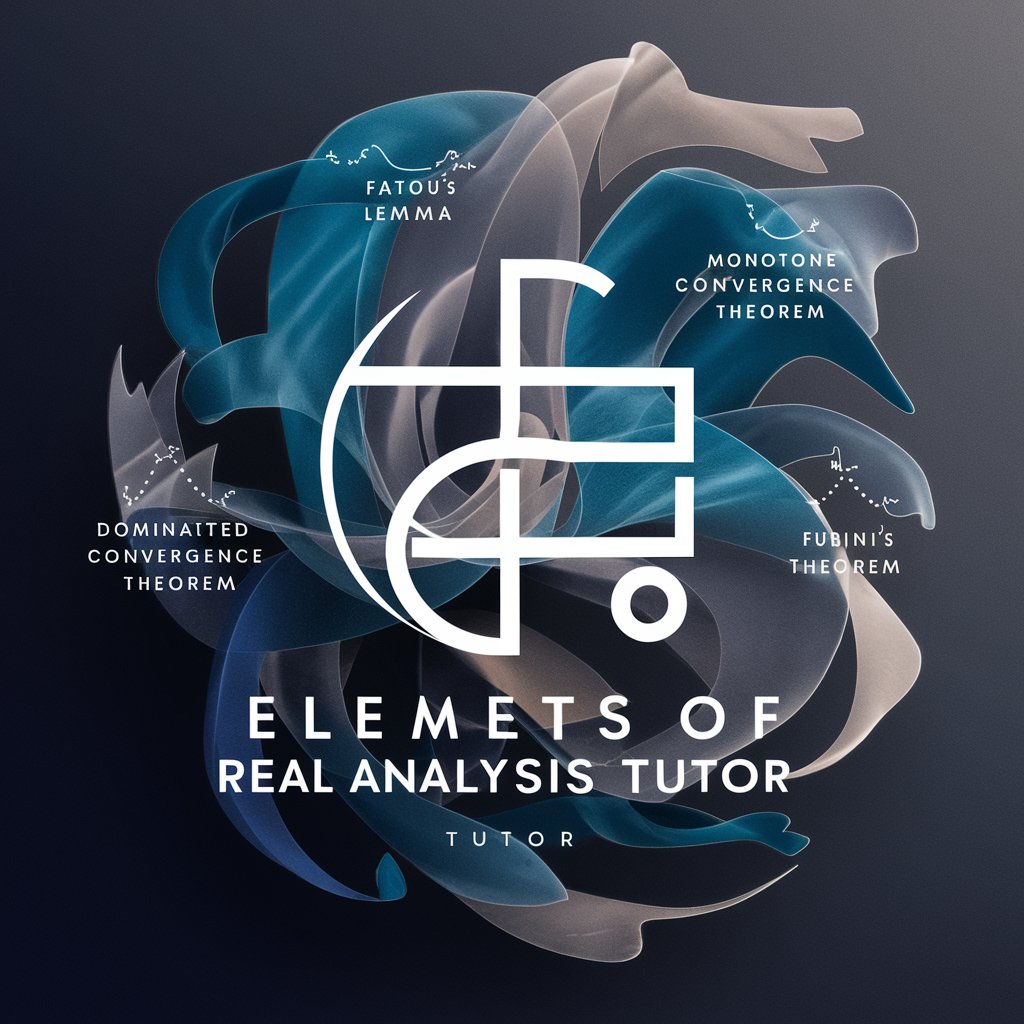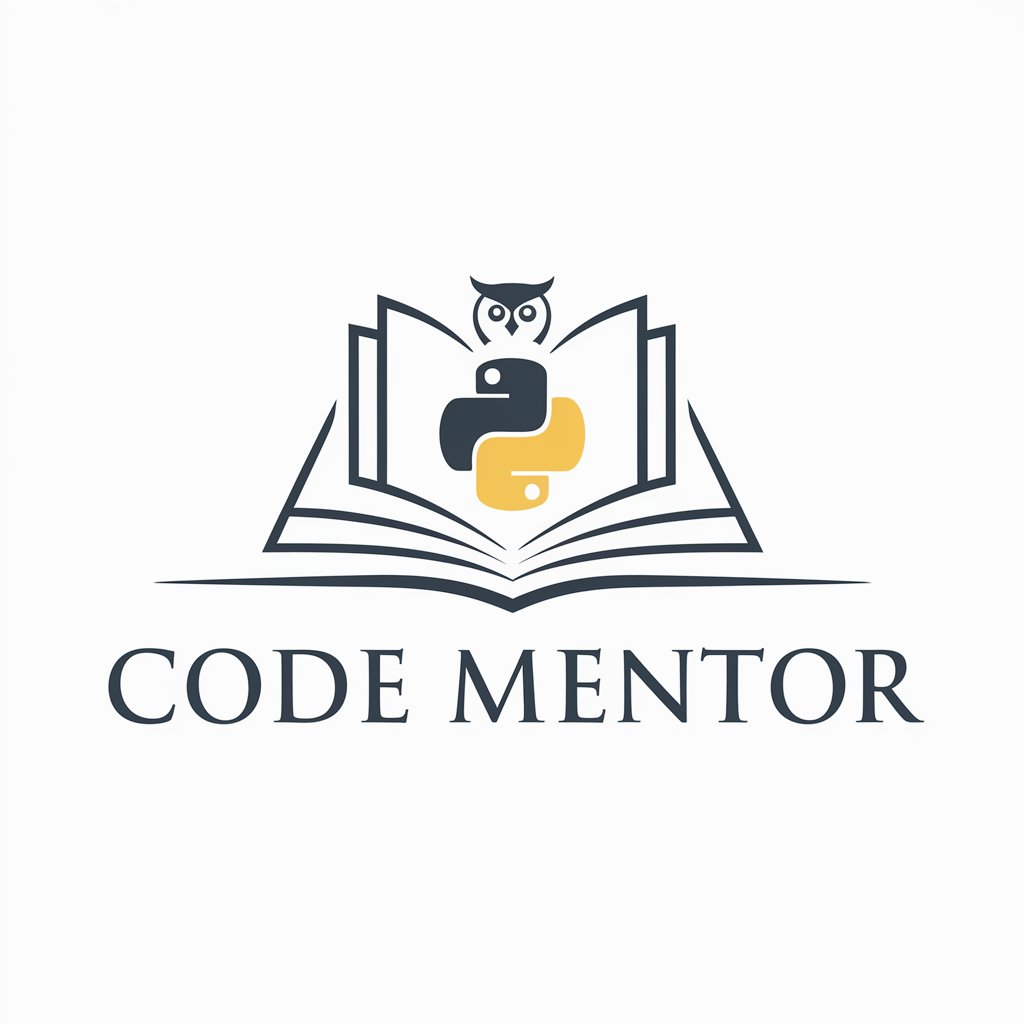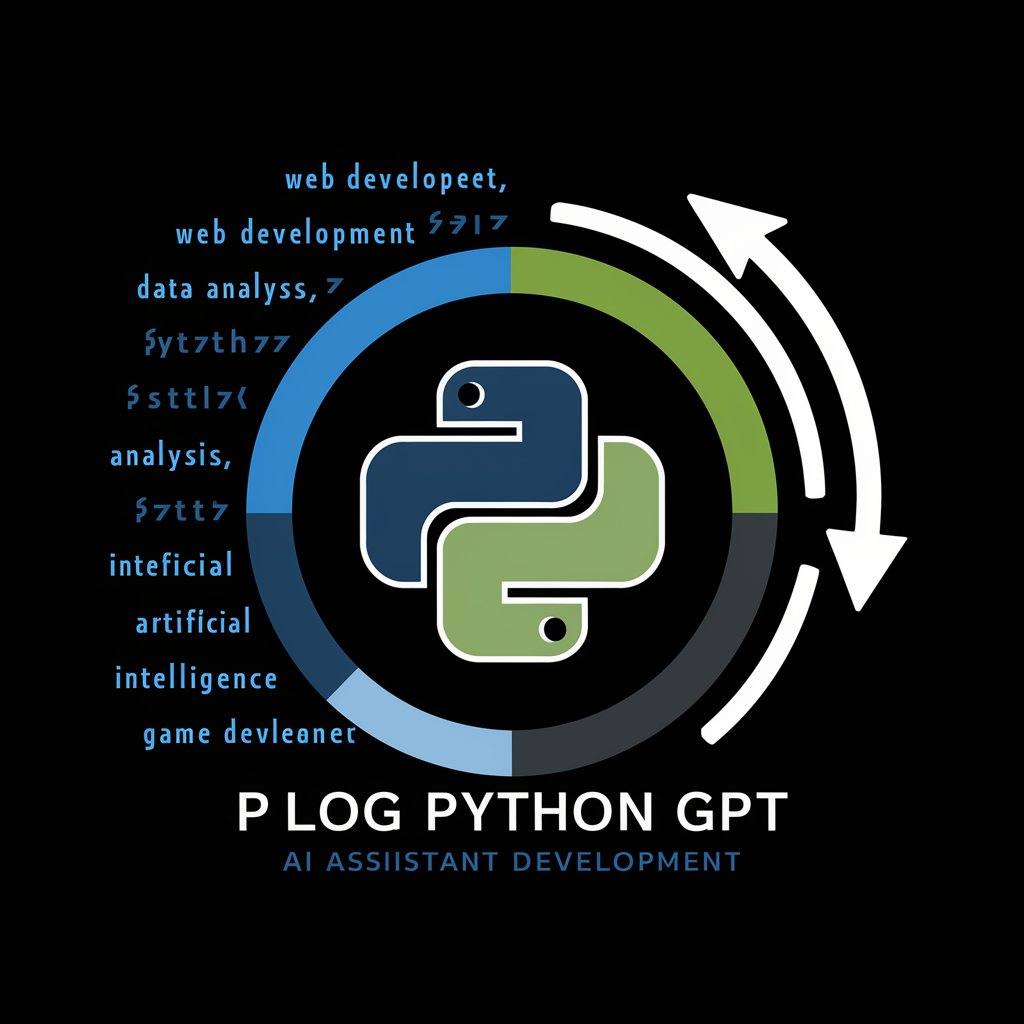Elements of Real Analysis Tutor - Real Analysis Learning Aid

Welcome! Let's explore the depths of real analysis together.
Demystifying Real Analysis with AI
Can you explain the concept of the Lebesgue integral?
How does the Dominated Convergence Theorem work?
What is Fatou’s Lemma and how is it applied?
Could you break down the Monotone Convergence Theorem for me?
Get Embed Code
Overview of Elements of Real Analysis Tutor
The Elements of Real Analysis Tutor is designed to provide in-depth tutoring and support in the field of real analysis, a branch of mathematical analysis dealing with the real numbers and real-valued functions. This specialized GPT focuses on advanced concepts such as measure theory, integration, and various convergence theorems, tailored for graduate students and researchers. The tutor offers detailed explanations, examples, and answers to complex queries. For instance, it can elucidate the subtleties of Lebesgue integration, a concept pivotal in modern analysis but often challenging for learners. Powered by ChatGPT-4o。

Key Functions of Elements of Real Analysis Tutor
Explaining Complex Theorems
Example
For instance, explaining the Monotone Convergence Theorem, which asserts that if a sequence of measurable functions is monotone increasing and converges almost everywhere, then the limit of their integrals is the integral of their limit.
Scenario
A graduate student struggling to understand the proof and implications of the Monotone Convergence Theorem can receive a step-by-step explanation, enhancing their comprehension and application skills.
Providing Examples and Problem-Solving Assistance
Example
Illustrating Fatou’s Lemma through examples, such as showing how it applies to sequences of non-negative measurable functions and how it leads to the understanding of pointwise convergence.
Scenario
When a student is preparing for exams or working on assignments, they can get help in solving complex problems or understanding examples relevant to their coursework.
Offering Insights into Applications
Example
Explaining how Fubini’s Theorem is used in probability theory and statistical mechanics, particularly in computing multi-dimensional integrals.
Scenario
Researchers or professionals needing to apply real analysis in their work can understand the practical aspects of these theorems.
Target User Groups for Elements of Real Analysis Tutor
Graduate Students
Graduate students in mathematics or related fields are primary users. They benefit from detailed explanations and examples that assist them in understanding complex topics and preparing for advanced studies or exams.
Academic Researchers
Researchers needing a deeper understanding of real analysis for their work in mathematics, physics, engineering, or economics. The tutor can assist in clarifying theoretical aspects and offering insights into novel applications.
Educators and Lecturers
Educators teaching real analysis can use this tool to enhance their teaching materials, providing students with a more comprehensive understanding of the subject.

How to Use Elements of Real Analysis Tutor
Start Your Journey
Visit yeschat.ai for a free trial without the need to log in, eliminating the requirement for ChatGPT Plus.
Identify Your Needs
Determine the specific areas within Elements of Real Analysis you need assistance with, such as measure theory, integration, or specific theorems.
Ask Your Questions
Pose your questions clearly and specifically to get the most precise and helpful answers.
Engage with Responses
Read the provided explanations and follow up with more questions or request further clarification on complex concepts.
Practice and Apply
Use the insights gained to solve exercises and apply concepts in your coursework or research for a deeper understanding of real analysis.
Try other advanced and practical GPTs
Code Mentor
AI-Powered Coding Mentorship

Removals Market Harborough
AI-Powered Moving Support

AI 风水
Empowering spaces with AI-driven Feng Shui insights

Virtual Personal Shopper
Personalized AI Shopping Experience

Spanish Conversation Coach
AI-Powered Spanish Language Coach

Plog Python GPT
Empowering Python development with AI.

Bird Almanac
Discover Birds with AI-Powered Identification

AutoMaster
Your AI-powered car care expert.

Cosmic Analyst
Exploring the cosmos through AI insights.

Filosofia Interpretada - Drª. Filó
Illuminating Life with Philosophy

Applications in Mathematics for E&M Teachers Tutor
AI-powered Math Instruction Support

Neurodiversity Navigator
Empowering neurodiversity through AI.
Elements of Real Analysis Tutor Q&A
What is the Lebesgue integral and why is it important?
The Lebesgue integral is a mathematical construct that extends the concept of integration, capable of integrating a wider class of functions than the traditional Riemann integral. It's crucial for its ability to handle functions with discontinuities and its applicability in various fields of mathematics, especially in measure theory and probability.
Can you explain the Dominated Convergence Theorem?
The Dominated Convergence Theorem states that if a sequence of functions converges pointwise to a function and is dominated by an integrable function, then the integral of the limit function is the limit of the integrals of the functions in the sequence. This theorem is pivotal for exchanging limits and integrals under certain conditions.
What is the difference between pointwise convergence and uniform convergence?
Pointwise convergence occurs when a sequence of functions converges to a function at every point in the domain as the sequence progresses. Uniform convergence means that the functions converge to the limit function uniformly over the entire domain, without the convergence rate varying across the domain. Uniform convergence is stronger and ensures continuity preservation.
How does Fubini's Theorem apply to double integrals?
Fubini's Theorem allows for the evaluation of double integrals as iterated integrals when the functions involved are integrable. It provides conditions under which the order of integration can be switched, simplifying the computation of integrals over multidimensional spaces.
What role does measure theory play in real analysis?
Measure theory provides a rigorous foundation for integrating and differentiating functions, underpinning the Lebesgue integral and supporting the study of function spaces and convergence. It's fundamental for understanding modern analysis and its applications in probability, dynamical systems, and mathematical physics.
